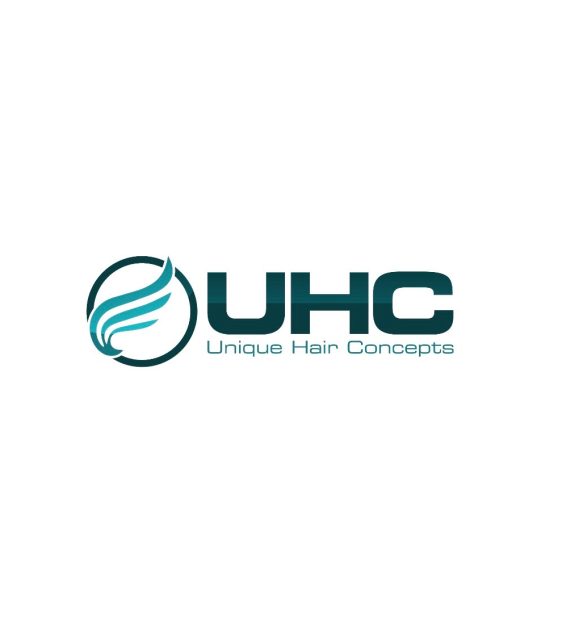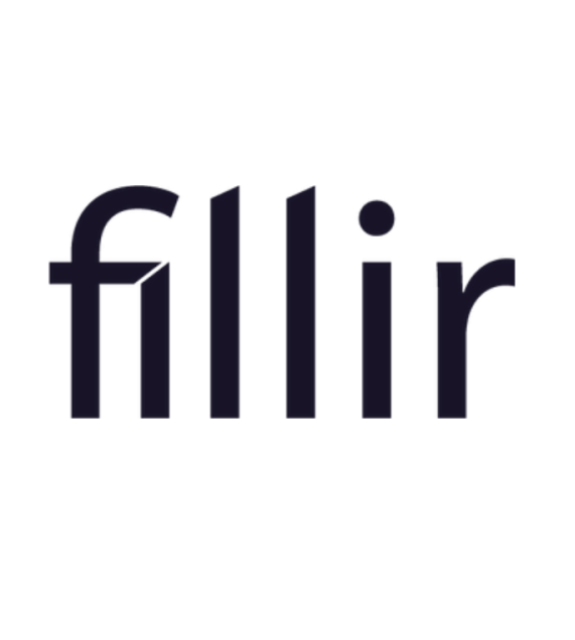What is a Functional Rhinoplasty?
A procedure for the inside of the nose related to improving breathing.
Are Functional and Aesthetic Rhinoplasty linked?
Absolutely! Breathing and appearance should be considered for any type of procedure for the nose, and one aspect of a procedure should not negatively affect the other.
Why breathing through the nose is important?
The nose has two important functions: breathing and sense of smell. Air passes through the nose where it is filtered and humidified which is ideal for oxygen exchange in the lungs1.
What causes breathing problems through the nose?
There are environmental causes such as allergies and sinusitis or anatomic causes. The surgeon can improve air flow by changing the anatomic structures of the nose2.
What is the nasal cycle?
The nasal cycle is a normal daily process of alternating narrowing and opening of the nasal lining in each side of the nose. Around 80 % of people experience this cycle and it can be affected by emotion, exercise and outside temperature3.
What distinguishes functional rhinoplasty from aesthetic rhinoplasty?
It addresses improvement in nasal breathing and olfaction without changes to the shape of the nose4.
How common are breathing problems following aesthetic rhinoplasty?
Various rates of functional problems after cosmetic rhinoplasty have been reported in the literature, ranging from 15% to 68%. Also, nasal airway obstruction was found to be the most common indication for secondary surgery5. It is key to see a rhinoplasty surgeon who is comfortable with all aspects of nasal surgery.
How do I know if I need a functional rhinoplasty?
In simple words, a constant symptom of difficulty breathing through the nose suggests an anatomic problem which may warrant surgical intervention such as functional rhinoplasty. On the other hand, fluctuating symptoms are more commonly associated with physiologic causes. However, all this being said, your doctor will decide whether you need medical or surgical treatment based on history and thorough physical exam.
What are the physiologic causes of nasal obstruction?
Physiologic causes include allergy, inflammation, infection (sinus), medication-induced blockage, or other causes. These conditions respond to medical treatment and surgical intervention may not be indicated.
What are the primary areas to address in functional rhinoplasty surgery?
Your rhinoplasty surgeon can educate you on the internal nasal valve, external nasal valve, any blockage of the septum of the nose and turbinate enlargement which are areas of tissue/ bone extending from the side of the nose into the nasal cavity 6.
What is the most common area of obstruction in the nose?
The internal nasal valve is considered the bottleneck of airflow and it is a common site of obstruction.2
How long should I keep the splint on after functional rhinoplasty?
Generally, the splint is worn for 7-14 days. However, it depends on the approach used whether its closed or opened and what anatomical structure has been corrected. Also, edema and swelling will last from 2 weeks to 6 months depending on the approach used7.
· 1. Sowder JC, Thomas AJ, Ward PD. Essential Anatomy and Evaluation for Functional Rhinoplasty. Facial Plast Surg Clin North Am. 2017;25(2):141-160.
· 2. Howard BK, Rohrich RJ. Understanding the nasal airway: principles and practice. Plast Reconstr Surg. 2002;109(3):1128-1146; quiz 1145-1126.
· 3. Haight JS, Cole P. The site and function of the nasal valve. Laryngoscope. 1983;93(1):49-55.
· 4. Friedman O, Cekic E, Gunel C. Functional Rhinoplasty. Facial Plast Surg Clin North Am. 2017;25(2):195-199.
· 5. Chauhan N, Alexander AJ, Sepehr A, Adamson PA. Patient complaints with primary versus revision rhinoplasty: analysis and practice implications. Aesthet Surg J. 2011;31(7):775-780.
· 6. Constantian MB, Clardy RB. The relative importance of septal and nasal valvular surgery in correcting airway obstruction in primary and secondary rhinoplasty.Plast Reconstr Surg. 1996;98(1):38-54; discussion 55-38.
· 7. Dini GM, Albuquerque LG, Ferreira LM. The future of rhinoplasty and the Dallas rhinoplasty symposium. Plast Reconstr Surg. 2009;123(2):64e-65e.
·
For more information, visit Dr. Samuel Lin's social media:






















